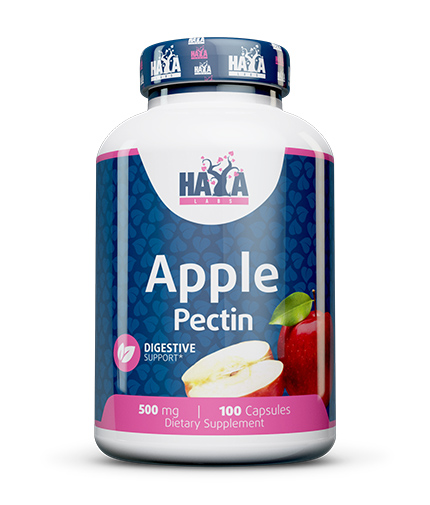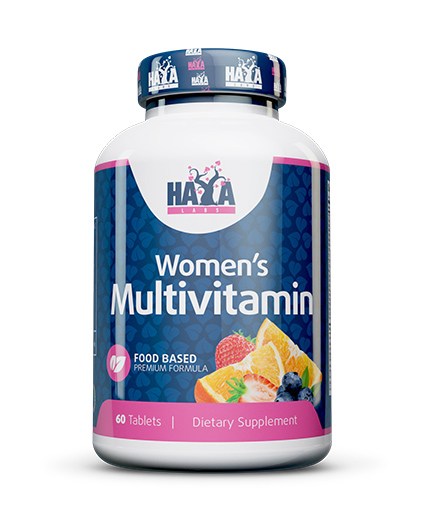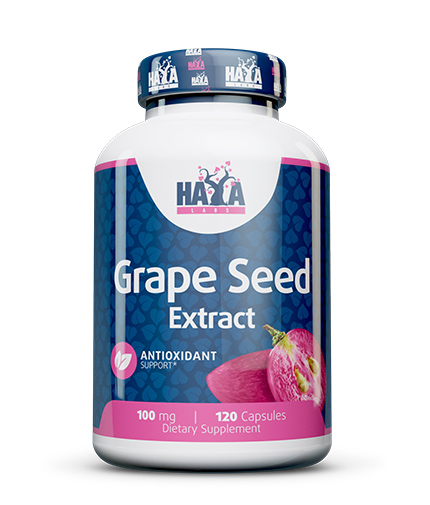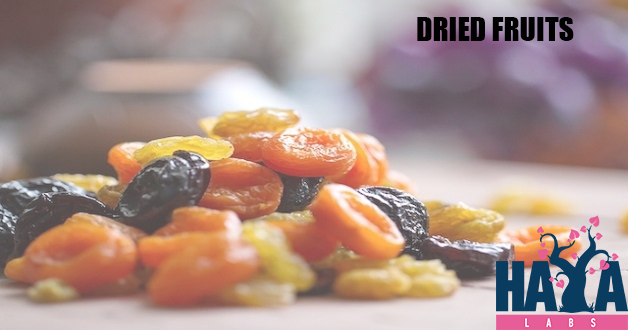
Dried fruits
0
1492
You will learn the most important of the dried fruits on the market, namely composition, vitamins, minerals, and calories.
Dried fruits are concentrated food. They contain very simple sugars and are of high calorific value. Sustained natural drying technologies allow the already dried fruit to keep its vitamins better than the preserved while reducing the water content. The latter results in a four to five times higher concentration of vitamins and minerals when dried against fresh fruit.
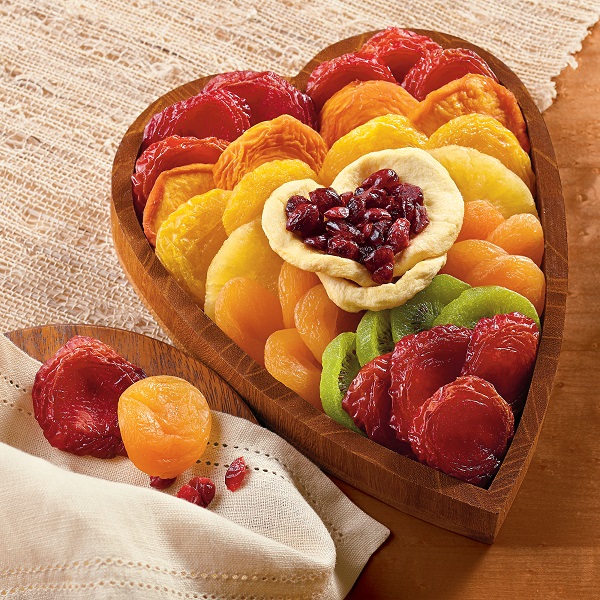
If your diet allows you a sweet, then a handful of dried fruit would give you much more health than a piece of chocolate.
They are just as delicious.
Raisins
The indicative content of substances in 100 g:
• glucose to fructose - 40: 60%;
• contain low amounts of vitamin C and higher amounts of vitamin B2;
• minerals are rich in magnesium, potassium, iron, copper and are sources of calcium, phosphorus, and zinc;
• rich in antioxidants.
read more
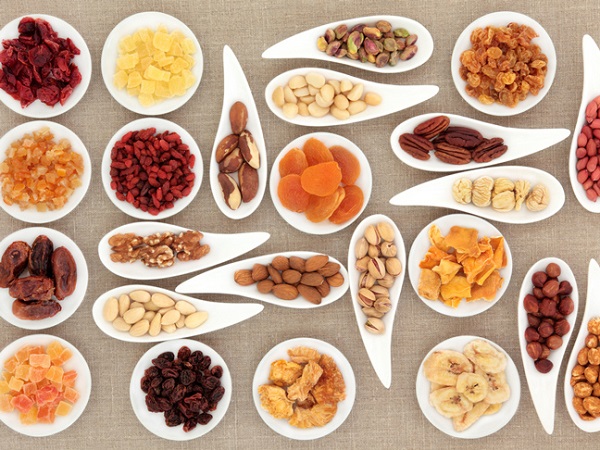
Figs
The indicative content of substances in 100 g:
• glucose to fructose - 55: 45%;
• the source of vitamins B1, B2, B5, B6;
• Minerals are rich in magnesium, potassium, iron, copper and are sources of calcium, phosphorus, zinc, and sodium;
• rich in polyphenols and flavonoids;
• rich in antioxidants;
Dates
The indicative content of substances in 100 g:
• glucose to fructose to sucrose - 30: 30: 40%;
• contain vitamins B3, B5, B6;
• rich in mineral potassium and sources of iron, magnesium, copper;
• They are said to have a tonic effect.
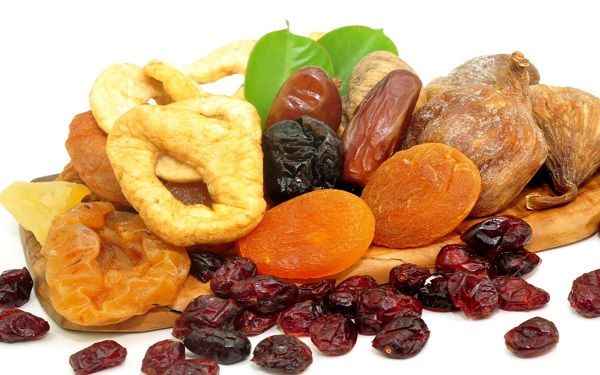
Dried bananas
The indicative content of substances in 100 g:
• sugars to oligosaccharides - 60: 40%
• contain vitamins B2, B6 and B9 and low amounts of vitamin C;
• rich in mineral potassium, containing magnesium.
Pears
The indicative content of substances in 100 g:
• glucose to fructose to sucrose - 25: 65: 10%;
• contain vitamins C, B2 and B3;
• contain the minerals phosphorus, magnesium, calcium, zinc, iron;
• contain kutin, indigestible fiber type with a laxative effect.
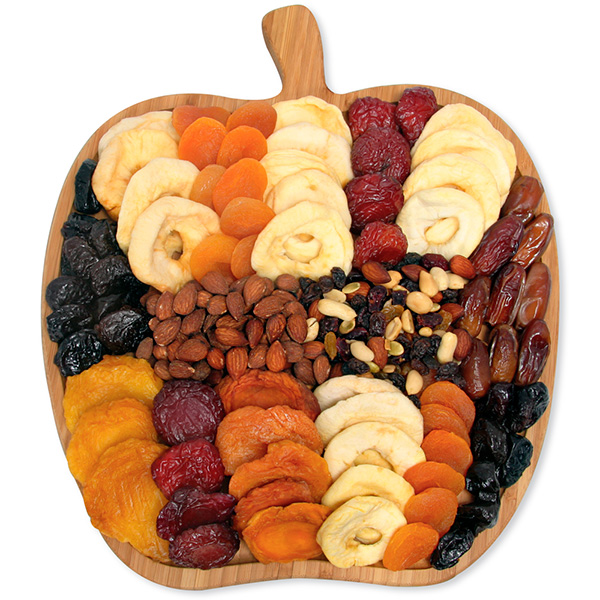
Apricots
The indicative content of substances in 100 g:
• glucose to fructose to sucrose - 65: 22: 13%;
• contain vitamins B2, B3, B9, and E, contain low amounts of vitamin C and are an excellent source of pro-vitamin A;
• rich in iron minerals, phosphorus, magnesium, calcium, and zinc.
Apples
The indicative content of substances in 100 g:
• glucose to fructose to sucrose - 17: 68: 15%;
• contain vitamins B2, B3, C and E;
• Contain minerals phosphorus, magnesium and iron.
• Contain pectin, which improves digestion by cleaning the intestinal micro creases.
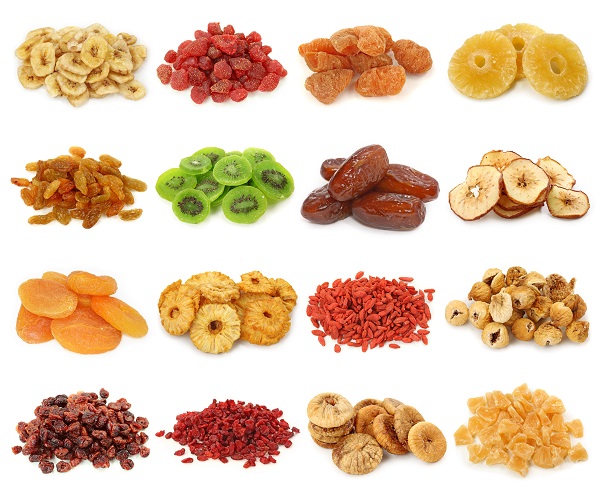
Prunes
The indicative content of substances in 100 g:
• glucose to fructose to starch - 62: 30: 8%;
• contain moderate amounts of vitamins A (provitamin), B1, B2, B3, and B9, rich in vitamins E and C;
• contain low amounts of minerals phosphorus, magnesium
• European plain plum (blue plum) contains oxalic acid that inhibits the absorption of calcium and exerts metabolism in kidney patients. It is not toxic to healthy people, but in long-term use, adoptive acid chloride may reduce the total calcium absorbed over the period of consumption.
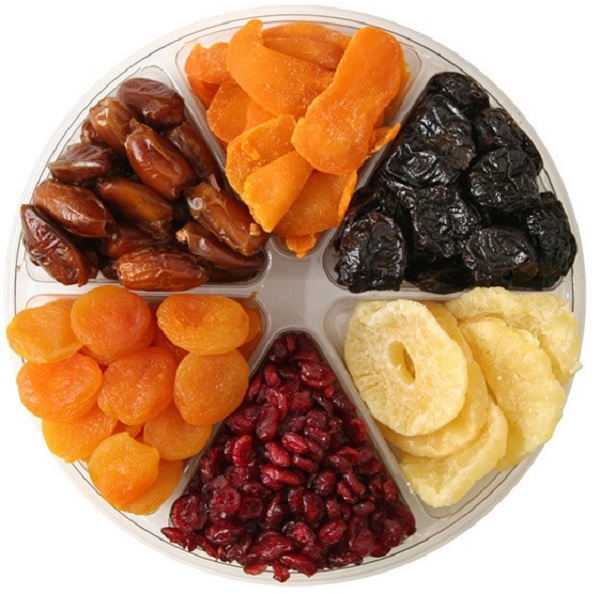 .
.

